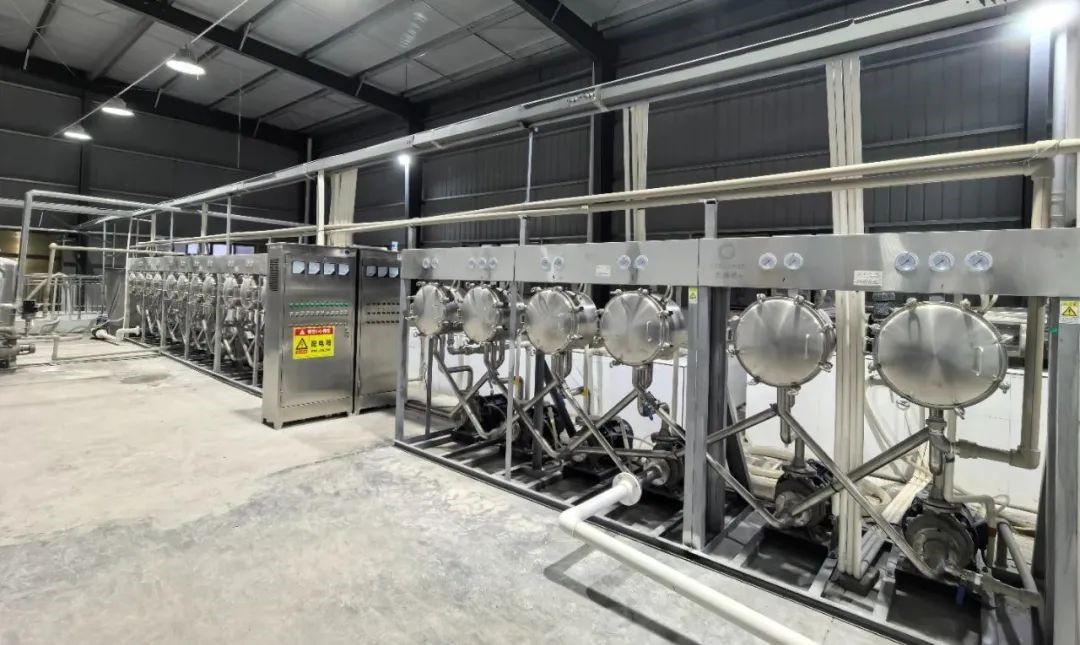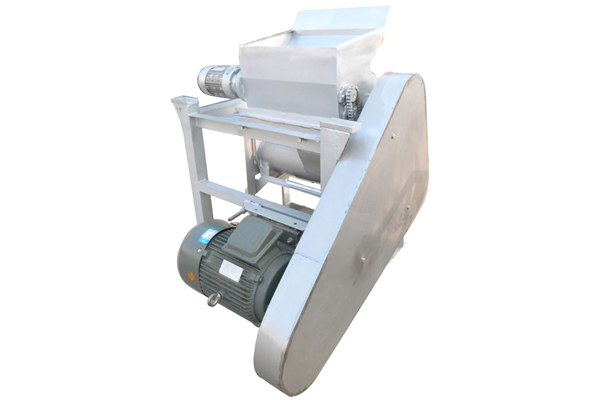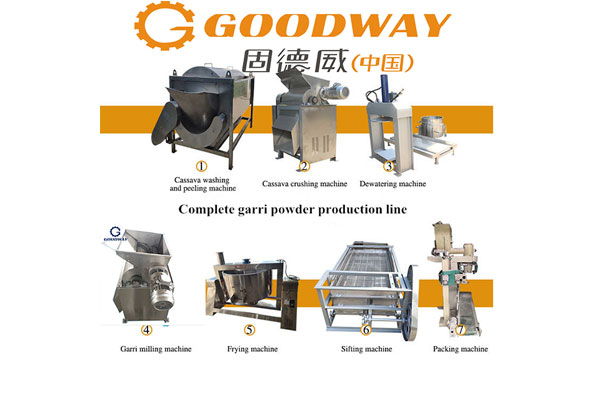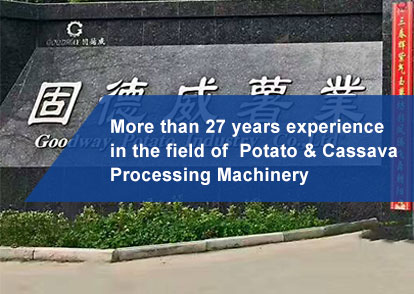In the complex process of sweet potato starch processing, there is one piece of equipment that is critically important: the cyclone station. When fresh sweet potatoes are transformed into starch-rich slurry, the slurry contains not only the desired starch but also a large amount of water, fiber, and other impurities. This is where the cyclone station comes into play.
The cyclone station leverages the magical principle of centrifugal force to make the slurry rotate at high speed inside the equipment, with speeds reaching several thousand revolutions per minute. Under this strong centrifugal force, substances with different densities in the slurry begin to separate and settle into their respective positions.
The heavier impurities, such as fragments of sweet potato skin and sand, are pushed by an invisible force towards the outer side of the cyclone station, eventually being smoothly discharged. Meanwhile, the starch we are keen on, because of its relatively lower density, steadily gathers in the central area, waiting to be collected.

For large-scale sweet potato starch processing plants, the advantages of the cyclone station are incomparable. Its processing capacity is immense, capable of handling several tons or even dozens of tons of slurry per hour, significantly speeding up the entire production process. Additionally, its separation efficiency is extremely high, reaching over 95%, ensuring the purity of the starch and maintaining consistent product quality.
Moreover, compared to traditional separation methods, the cyclone station can reduce labor costs by approximately 30%, because it achieves efficient automated operation, minimizing manual intervention.
It can be said that the cyclone station is the core equipment in sweet potato starch processing, guaranteeing product quality, improving production efficiency, and reducing costs. It is an indispensable part of the entire processing process, making significant contributions to providing us with high-quality sweet potato starch.

 EN
EN
 fr
fr  es
es  it
it  pt
pt 









